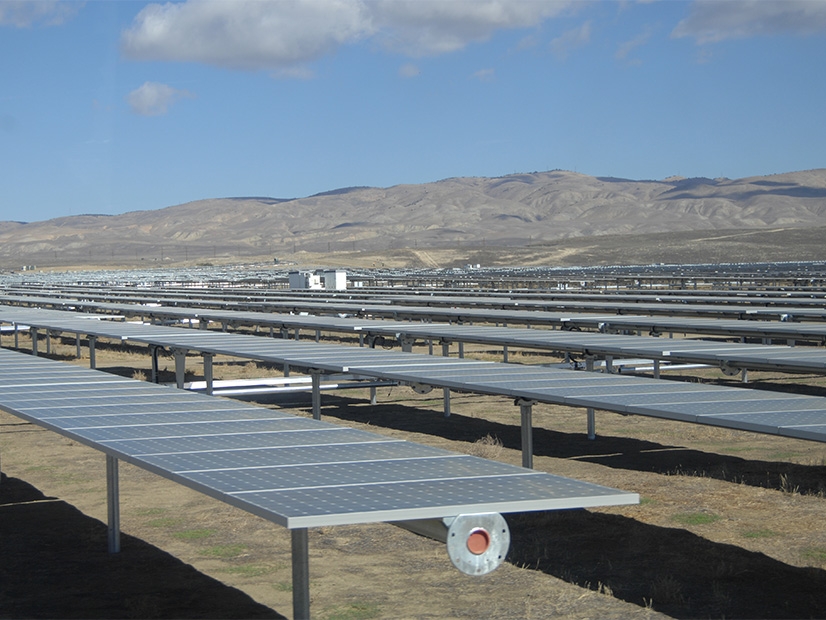FERC approved two enforcement orders requiring several battery storage operators to pay more than $1 million in fines and remit nearly $1.9 million back to CAISO.
In the first order, issued Aug. 6, the commission found that Vista Energy Storage submitted bids into CAISO that overstated the availability and capability of its Vista Battery (IN24-11). The misrepresented bids occurred for over a month during the summer of 2022. As a result, Vista will pay $1 million in fines and disgorge $1,670,000 in profits to CAISO.
Vista is a subsidiary of REV, a renewable power company formed by LS Power in 2021 that operates about 2.8 GW in generation assets. The Vista Battery’s maximum storage capacity is 40 MWh, and it offers both energy and ancillary services into the CAISO market.
During a 33-day period in 2022, Vista each day told CAISO that it forecast the battery’s initial state of charge the following day to be at or below 4 MWh even though the battery had a 36 MW or larger regulation up award for the final hour of that day.
“Vista knew, or should have known, that because of that regulation up award, the ancillary services state of charge constraint would ensure that Vista’s actual state of charge would be around 20 MWh during the final hour that day,” the order reads.
Vista received 40 MW regulation down awards for the first hour of the next day due to its 4 MWh lower initial states of charge. It would not have received these awards in the first hour of the day if it had submitted an initial state of charge value of 20 MWh. The lower values also enabled the company to earn awards of 40 MW of regulation down for several hours after the first hour.
“Because the battery was actually at a state of charge around 20 MWh at the beginning of each of the 33 days within the relevant period, there was a conflict between operation of the regulation down product (which seeks to charge the battery to adjust frequency on the grid) and the ancillary service state of charge constraint,” FERC stated.
To resolve the conflict, the ancillary service state of charge constraint frequently discharged the battery to make Vista’s regulation down awards feasible.
As a result, Vista received approximately $1,485,000 in bid cost recovery payments because of regulation down awards it would not have obtained if it had submitted accurate initial state of charge values.
NextEra Order
The second order, issued Aug. 8, involved Arlington Energy Center III, Blythe Solar 110, Blythe Solar III, Blythe Solar IV, Desert Sunlight 250, Sunlight Storage and McCoy Solar (IN24-10).
The companies are all indirect subsidies of NextEra Energy Resources and operate battery energy storage systems co-located with solar generation. Each storage system and solar facility function as separate resources but share the same point of interconnection (POI). As per CAISO’s large generator interconnection agreement, the resources cannot exceed the POI limit.
In December 2021, CAISO modified its tariff to prohibit co-located battery facilities from deviating from dispatch instructions. According to the order, NextEra was unaware of the tariff change and thus didn’t update its software to comply.
“During the relevant period, when the combined output of a plant’s battery and solar facilities approached the POI limit, the programmable logic controllers at the plant that controlled the output of the solar and battery facilities automatically curtailed the battery facility, allowing the solar facility to continue to deliver its output to the CAISO grid, as was permitted prior to CAISO’s December 2021 tariff change,” the order states. “NextEra’s software did so even during intervals in which the plants’ batteries received ancillary services awards.”
There were 3,835 five-minute intervals during which the plants’ batteries deviated from dispatch instructions while holding ancillary service awards, resulting in the companies’ receiving approximately $381,724 in revenues.
NextEra has since updated its software and will pay a civil penalty of $105,000 and $381,724 in disgorgement to CAISO.


